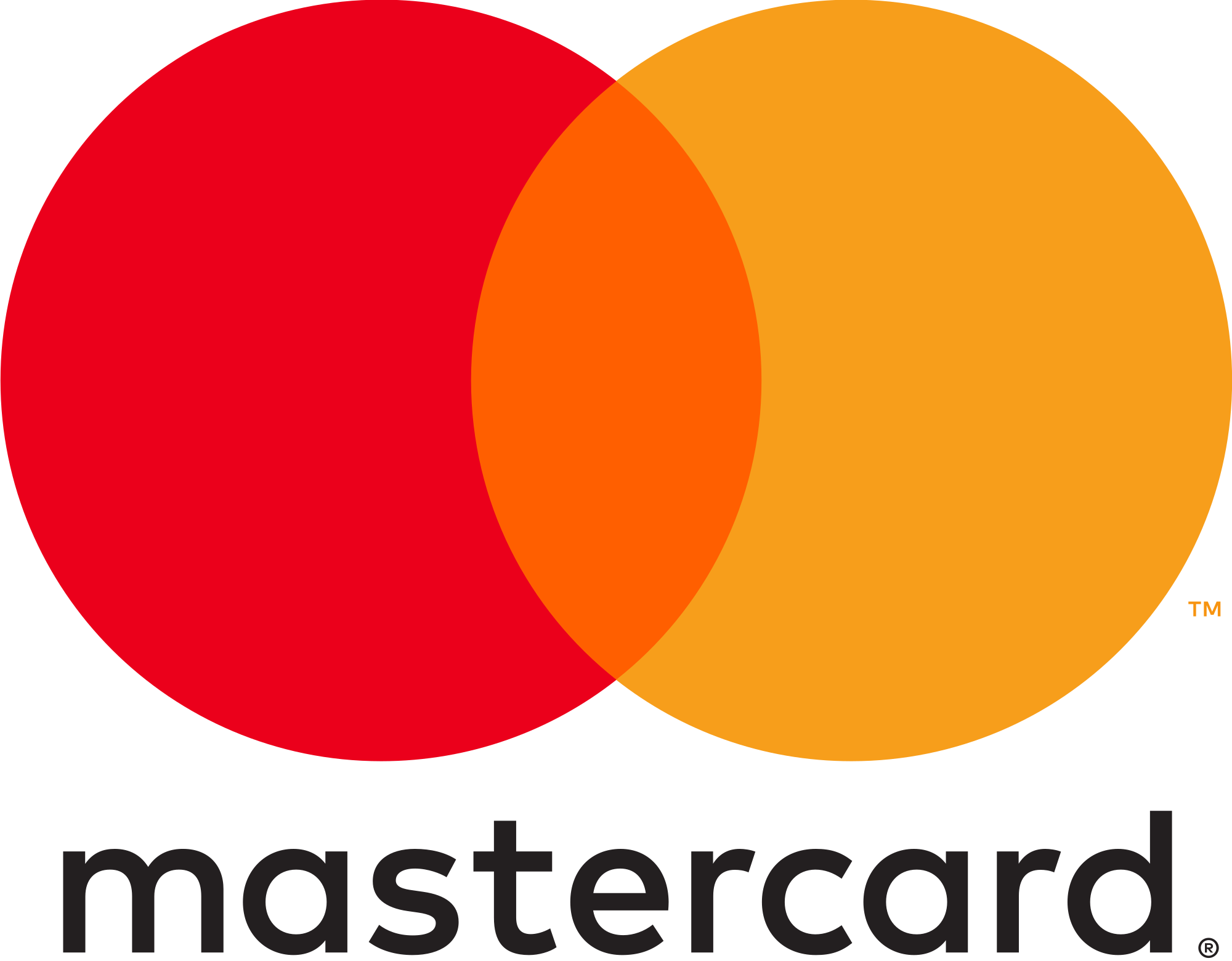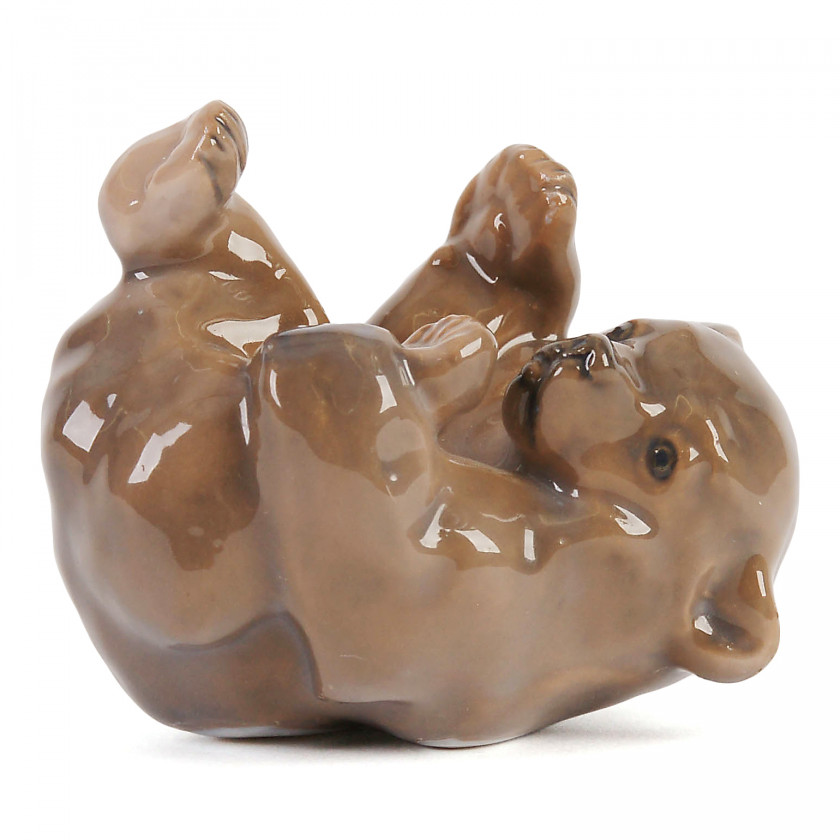Porcelain figure "Bear"
-
90.00 EUR
Artist/Maker: Royal Copenhagen, sculptor: Knud Kyhn
Artist/Maker Dates: 1775 - present
Place of Production: Denmark, Copenhagen
Date of Production: second half of 20th century
Materials: porcelain, underglaze hand painting
Model Nr.: 1124
Height: 6.0 cm.
Condition:
Description
Royal Copenhagen, officially the Royal Porcelain Factory, is a Danish manufacturer of porcelain products and was founded in Copenhagen on 1 May 1775 under the protection of Danish Dowager Queen Juliane Marie. It is recognized by its factory mark, the three wavy lines above each other, symbolizing Denmark’s three straits: Storebælt, Lillebælt and Øresund.
Starting in the 17th century, Europeans were fascinated by the blue and white porcelain exported from China during the Ming and Qing dynasties. The Royal Copenhagen manufactory's operations began in a converted post office in 1775. It was founded by chemist Frantz Heinrich Müller who was given a 50-year monopoly to create porcelain. The first pieces manufactured were dining services for the royal family. When, in 1779, King Christian VII assumed financial responsibility, the manufactory was styled the Royal Porcelain Factory. In 1790, Royal Copenhagen brought out its now famous Flora Danica ‘Blue Fluted’ dinner service, with gilded edge and Danish flora motifs, and Royal Copenhagen held a monopoly on the "Blue Fluted" name.
By 1851, Royal Copenhagen qualified for the World Expo in London. In 1868, as a result of royal companies' privatization, the Royal Porcelain Factory came into private hands. It was purchased by the faience factory Aluminia in 1882. Shortly after Aluminia's acquisition, Royal Copenhagen production was moved to a modern factory building at Aluminia’s site in Frederiksberg, on the outskirts of Copenhagen. By 1889, Royal Copenhagen qualified for the World Expo in Paris, winning the Grand Prix and giving it international exposure.
Shipping details
- Log in to see the cost for shipping this lot to your address.
Shipping methods are determined by item size, type, fragility and specific characteristics.
Shipping costs are calculated based on carrier rates, delivery distance and packing complexity.
Payment details
Doma Antikvariāts accepts the following payment methods:






